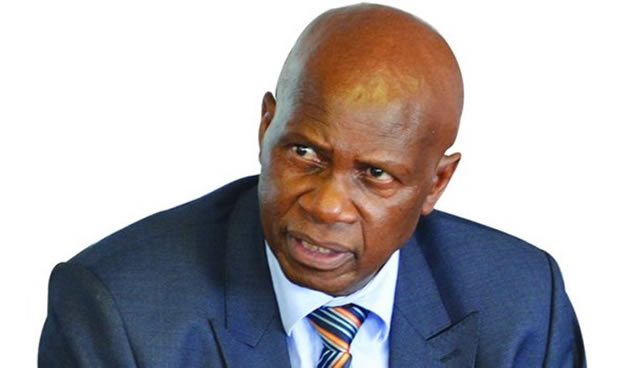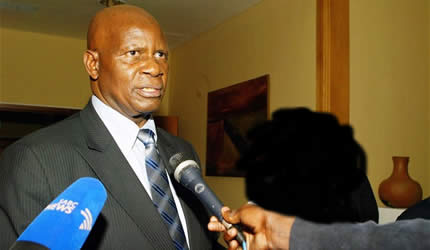Leakages cost Zim $1,8bn

Golden Sibanda Senior Business Reporter
GOVERNMENT will roll out measures to plug leakages, including that of gold and other precious stones, which has prejudiced the country of an estimated $1,8 billion annually, a Cabinet minister has said. Minerals account half of the country’s annual export revenue, with Gold and platinum accounting for half of total annual export earnings.
Gold alone accounted for more than 51 percent of the country’s export earnings between 2009 and 2014.
Gold was the second biggest export earner after platinum ($574 million) at $564 million in 2014.
Presenting his Mid-Term Policy Statement last week Finance Minister Patrick Chinamasa said up to $1,8 billion was lost annually through smuggling, illegal dealing in gold and other precious stones, corruption, fraud, tax evasion, and externalisation, among others.
Due to its marketability, portability, high demand and accessibility, gold is one of the most illegally traded and smuggled commodity in Zimbabwe.
“Treasury, in collaboration with key Government ministries and departments, will roll out a number of measures to plug leakages amounting to $1,8 billion that is being lost annually,” the minister said.
Minister Chinamasa called for a unified front by all stakeholders in implementing the post National Risk Assessment Detailed Action Plan with a view to plug leakages, including gold identified in the economy.
This is part of strengthening anti-money laundering and combating financial terrorism systems, which prompted the National Risk Assessment exercise between June 2014 and May 2015.
Addressing a rally in Gweru early this year, Vice President Emmerson Mnangagwa said Government had identified 28 leakage avenues, which caused gold output to plunge to 3 tonnes by 2008.
Gold production slumped markedly in 2008 after centralised buying, which also resulted in delayed payments for deliveries by producers.
Production improved in 2009 when Government deregulated marketing allowing miners to sell the precious mineral directly through South Africa.
However, marketing has again been centralised with the Reserve Bank of Zimbabwe’s Fidelity Printers and Refiners being the sole authorised buyer of gold and in some instances through approved buying agents.
Zimbabwe has been working on ramping up production to London Bullion Marketing Association approved minimum output of 10 tonnes annually, as the country works to regain membership of the LBMA.
The country was deregistered from the LBMA when its annual output fell below the approved annual output threshold, which it surpassed last year when a total of 13 tonnes of the precious commodity were exported.
Gold production rose 29,3 percent to 8,8 tonnes between January and June 2015, driving projected year-end deliveries marginally higher at 17,5 tonnes.
Deliveries in the first six months were anchored by small-scale producers who delivered 3,1 tonnes from 1 tonne the same period of 2014.
Minister Patrick Chinamasa attributed the stellar performance by small-scale gold producers to the Government’s support of the miners and decriminalisation of panning, which has reduced smuggling.
“Sustaining the upward trend in overall gold production to the rest of 2015 should realise output projections of 17,5 tonnes for the year, an upward revision from 16 tonnes initially projected,” the minister said.









Comments